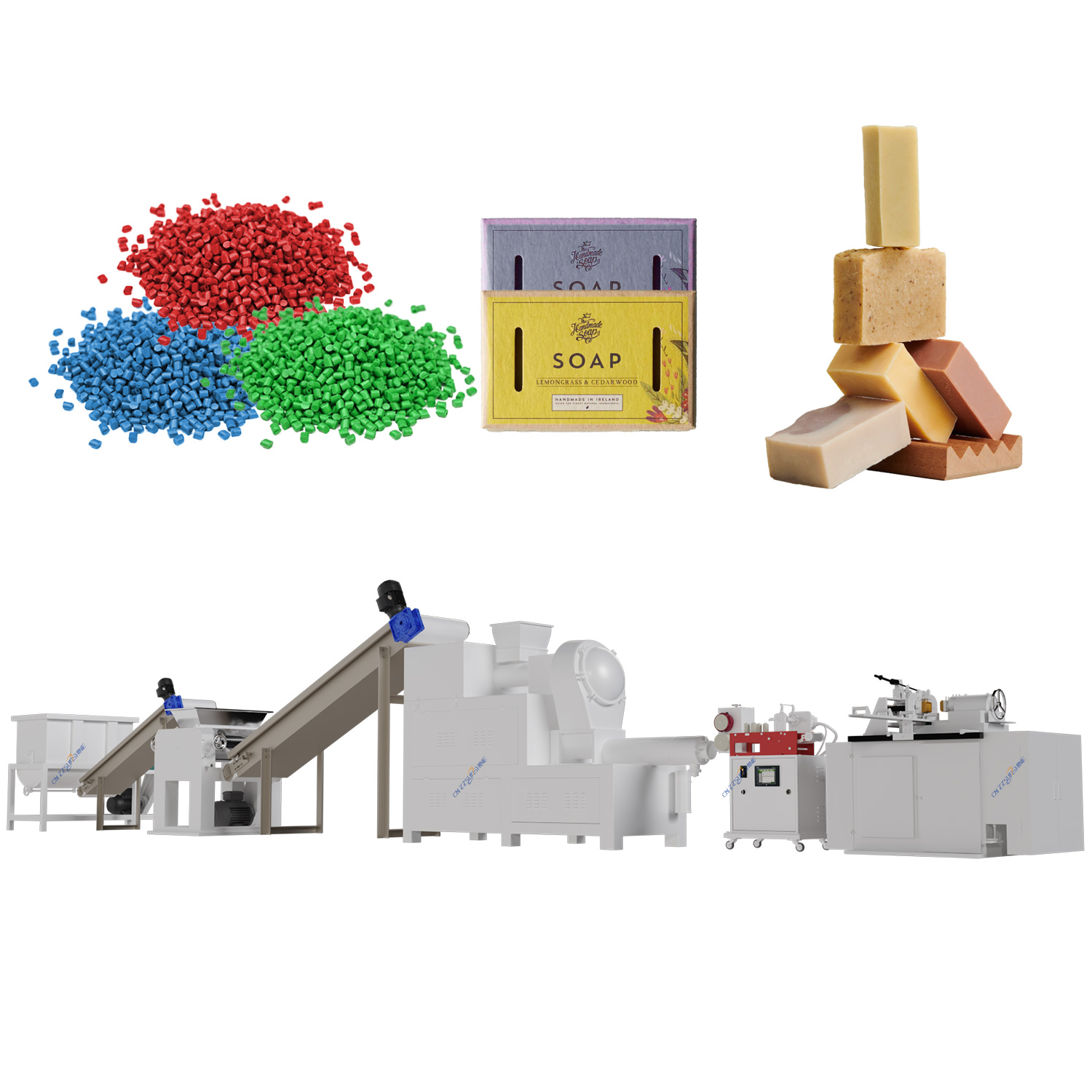The modern soap manufacturing sector demands high throughput, consistent quality, and operational efficiency. Implementing a fully automatic soap production line is no longer a luxury but a necessity for competitive factories. These integrated systems streamline the entire process, from initial mixing to final bar finishing, minimizing labor costs and maximizing output while ensuring product uniformity.
Central to any high-performance soap making machine setup is the industrial mixer for chemical processing. This critical component ensures homogeneous blending of fats, oils, lye, and additives under precisely controlled conditions, forming the foundational soap base or noodles. Efficient mixing directly impacts the quality and properties of the final bar. The mixed soap mass is then fed into a soap plodder machine, typically a robust vacuum plodder. This unit works under negative pressure to extrude the soap, meticulously removing air pockets which could cause cracking or voids. The vacuum extraction is crucial for achieving the desired density and smooth texture, especially critical for premium bath soap making machines and toilet soap finishing lines.
Following extrusion, the continuous soap log enters the cutting phase. Modern lines utilize sophisticated automatic soap cutting machines, often featuring electric washing soap cutter technology. These cutters employ precision blades to slice the extruded log into individual bar blanks with minimal waste and exact dimensions. For specialized applications, such as producing intricate shapes for beauty soap making lines or high-volume laundry bar soap production, custom soap cutting machines or automatic block cutter machines are employed. The cut bars then proceed through cooling tunnels, often integrated with a factory price industrial chiller for machinery, to stabilize the bars before stamping and packaging.
Integrating these components – industrial mixer, vacuum plodder, and precision cutter – into a cohesive automatic soap production line delivers significant advantages. Production capacity for laundry soap making lines or toilet soap finishing lines can be dramatically increased. Consistency across thousands of bars is guaranteed, reducing waste and customer complaints. Labor requirements are significantly lowered, enhancing safety in chemical handling areas. Choosing reliable equipment, potentially from a reputable China feed processing machine supplier who also specializes in soap machinery or an OEM three roller grinding mill manufacturer diversifying into adjacent sectors, is vital for long-term reliability and access to technical support. Investing in automation translates directly to improved profitability and market competitiveness in the demanding global soap industry.




